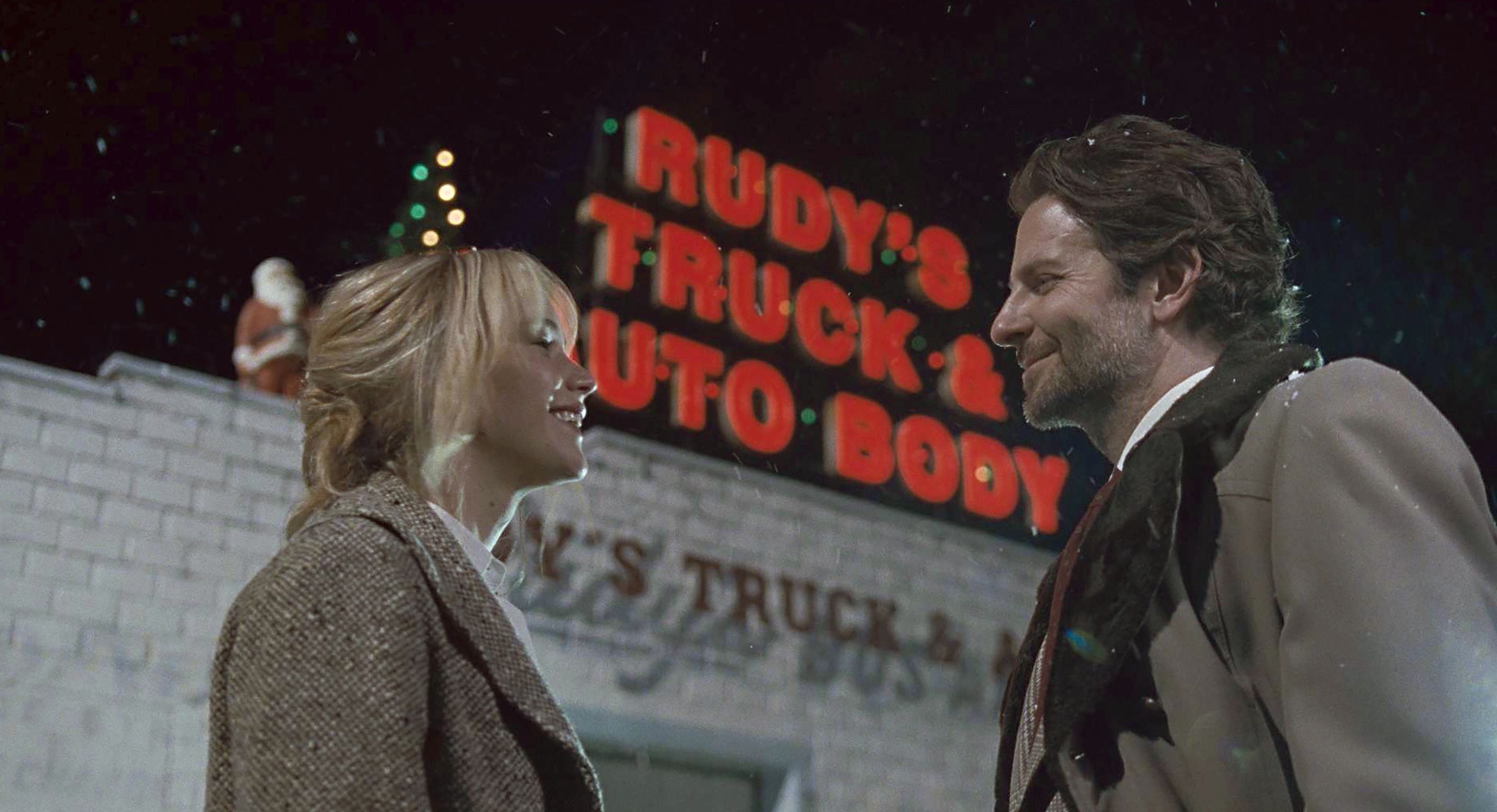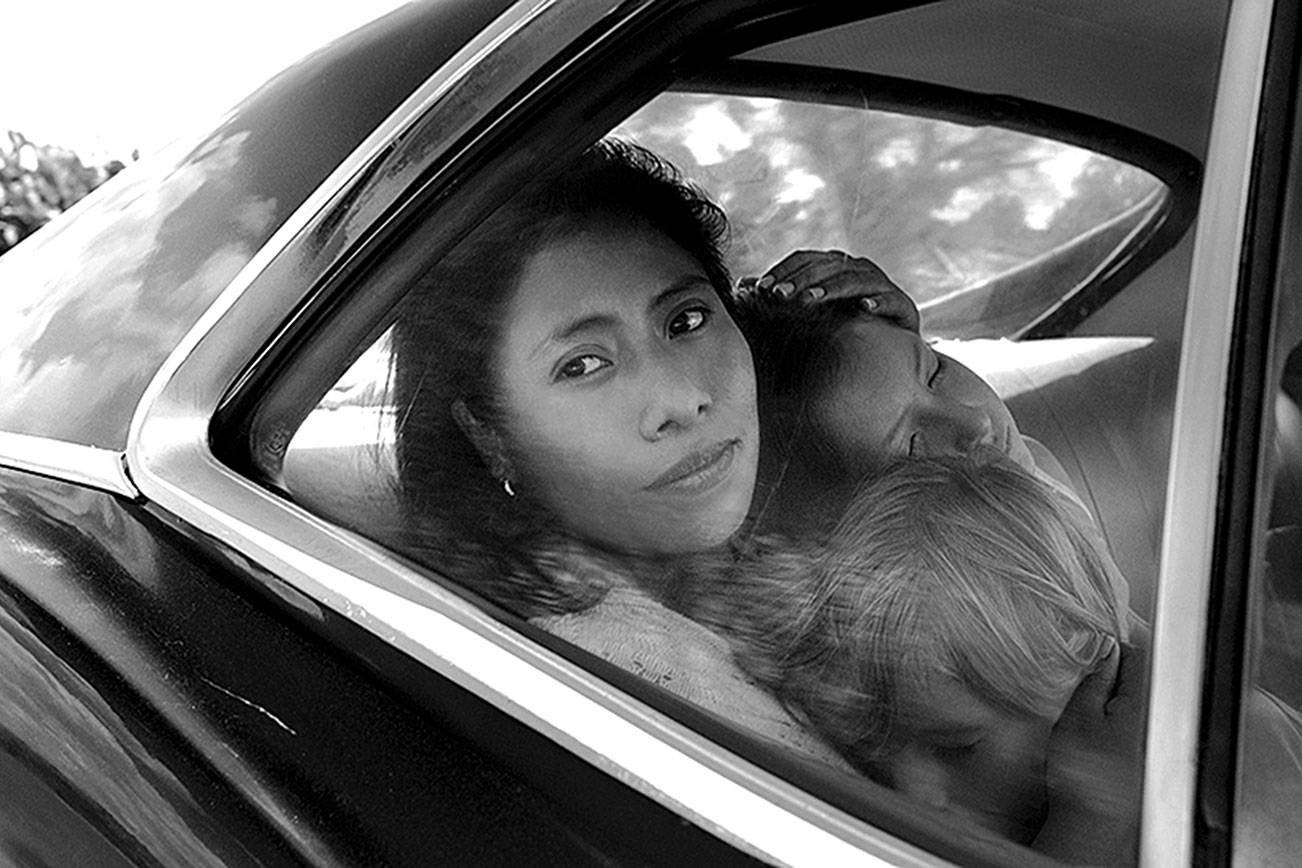THE ART OF THE SCREWBALL COMEDY
runs Feb. 1-28 at Grand Illusion
THE USUAL TAKE on screwball comedy —which is generally dated from the mid-’30s to the WWII years—is that pent-up Hollywood suddenly burst into glorious speech. The repression of the silent era gave way to brilliant dialogue penned by Broadway playwrights and ex-journalists, then delivered by fast-talking dames and motormouth wiseacres. From screwball, goes the forward-looking thesis, the movies learned to talk and Hollywood reached its early maturity. That’s true, but in surveying the eight classic titles in the Grand Illusion’s four-week retrospective, it becomes clear how much these movies are also enlivened by the sight gags, pratfalls, and physical comedy of the ’20s, when most of the directors and stars represented here cut their cinematic teeth.
Thus, in Howard Hawks’ delirious, rapid-fire 1940 His Girl Friday (Feb. 5-7) we have manic about-to-be-wed reporter Rosalind Russell racing in high heels after a story lead, then tackling the man to the sidewalk. “Where’s my hat?” she later demands, unaware that it’s perched on her head. She puts on her coat backward. When an inconvenient mother-in-law threatens to ruin the big prison-escape story our heroine and her editor (and ex-husband) Cary Grant are composing, the old hag is slung over the shoulder of a goon and transported to a taxi. Anytime you wonder what happened to Russell’s fianc鬠there’s a cutaway to screwball yeoman Ralph Bellamy behind bars again (about four stints in one day, thanks to jealous, conniving Grant). Clearly, we’re not so far from Chaplin and Keaton.
Nor are we ever far from the economic conditions of the era—the Great Depression. Another truism about screwball is that broke Americans, seeking to forget their woes for a few hours, flocked to movie palaces to laugh at the antics of Clark Gable, Claudette Colbert, Irene Dunne, Barbara Stanwyck, Katharine Hepburn, Jimmy Stewart, and Henry Fonda (all of whom appear in the GI retro). Also true, but screwball is less escapist than it seems.
FOR EXAMPLE, the series-opening 1936 My Man Godfrey (Feb. 1-3) directly addresses the Depression and “the forgotten man” (an FDR expression). So we have William Powell as the suspiciously arch, wise tramp selected from his Hooverville encampment by ditzy Manhattan heiress Carole Lombard to be her family’s butler. Initially he’s coveted as a prize in a society-set scavenger hunt, literally an object to be found at the city dump; but when Lombard’s bitchy sister tries to claim him, he gives her a populist tongue- lashing that knocks her on her ass (again, more physical comedy). Later, pearls go missing and Powell is the suspect, but Godfrey‘s denouement amounts to more than the triumph of love. Lombard gets her man, while Powell gets to redeem himself through progressive social engineering.
Frank Capra’s Oscar-winning 1934 It Happened One Night (Feb. 12-14) similarly contrasts high and low, pairing another heiress with another down-on-his-luck wise guy. Hobos and tramps keep creeping into the frame; hunger and hardship make their presence felt—anticipating Preston Sturges’ 1942 Sullivan’s Travels (not included in the program, but worth adding to a rental list alongside Ball of Fire, The Palm Beach Story, Bringing Up Baby, and Easy Living).
The constant tension between high and low echoes throughout screwball comedy. There’s the opposition between verbal polish and crude pratfalls; the economic divide between classes; and—lastly and perhaps most importantly—the displaced erotic charge between the sexes, all those witty couples yearning to be united in a way that couldn’t be shown on-screen (i.e., less talk, more action).
Divorce is everywhere in screwball; romantic triangles abound; adultery is constantly invoked, yet propriety remains all important. In 1937’s The Awful Truth (Feb. 8-10) and Capra’s Night, final sexual unison—between married couples, of course!–is depicted via sight and sound gags, respectively. Perhaps sexual candor or WWII’s horrors ended screwball’s high spirits; revival efforts like What’s Up, Doc? (1972), The Hudsucker Proxy (1994), and Heartbreakers (2001) never strike the same note. The genre’s brief flourishing makes it an artifact, but one that should be celebrated, not mourned. Because, as any screwball wit would tell ya, nostalgia is for suckers.









